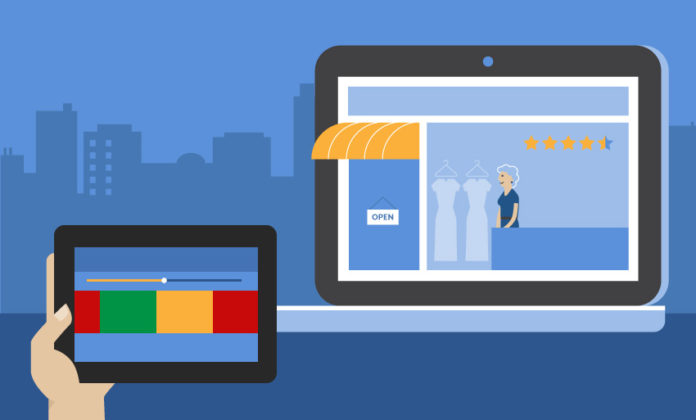User experience (UX) and customer experience (CX) have overlapping traits but completely different end goals. With that in mind, it’s no wonder people often confuse the two terms and misunderstand how to utilize them within their company’s product framework. In a technology centered business arena, understanding the fundamental differences between UX and CX is vital. Once you’ve got the basics of both UX and CX down, creating effective processes for your company then becomes easier to do.
What’s The Difference?
Let’s start with user experience. In short, UX is the product specific experience of a user. How a website or app is designed and how easily it can be navigated and understood all factor into the user friendliness of a company product. UX research interprets the behavior people have when completing a task using your product and how this behavior can be improved upon. Another way of understanding what UX offers is how well your product solves a specific customer problem.
Customer experience, on the other hand, is the broad experience of your company offers as a whole across all its products. Your brand and how people feel about it is impacted by the CX. The CX determines things like how likely a customer is to recommend your product to someone else or whether they like and would purchase your product. It’s possible to consider CX as the general opinion people have about your company.
Why does breaking down UX and CX matter? User and customer experience can have a huge impact on the profitability of your firm. Understanding UX pain points, such as confusing registration and poor navigation, can help increase conversions and reduce the likelihood of customer churn. The level of engagement existing and potential customers have with your CX affects how successful your business can become, especially in its startup stages. Both UX and CX work in tandem to boost the takeoff and success of your product and brand.
How the User Experience Shapes the Customer Experience
Frustration with a small aspect of a product deters even the most engaged of users. Say a user consistently encounters a technical glitch while logging into their account on your website. Their user experience is jarred. They call into your customer support helpline and the representative provides an unpleasant customer experience. Not only do they decide to stop using your product but they tell their business contacts about their negative experience with your company and product. Their conclusions about your company’s CX merely added to their already subpar impression of your product UX. Both must work in tandem to maximize the positive interactions with customers.
Customer engagement through effective UX and CX is vital to boosting organic growth. A Gallup study discovered that customers who were engaged with your company brand not only spend more frequently, but spend more each time and spread the word about your company. For B2B clients that were successfully engaged, the study concluded that companies experienced 63% lower attrition rates and 55% greater share of revenue.
At Glia we understand that UX and CX work cohesively to achieve greater customer satisfaction and loyalty. UX is, after all, a subset of the customer experience, not mutually exclusive from it. We developed CoBrowsing due to our realization that users needed guidance through pain points identified in the onboarding and retention processes. Reducing these UX obstacles leads to a higher positive CX.
Main Takeaways
The user experience adds to the overall customer experience your clients have with your company and brand. Understanding the fundamentals of an outstanding UX and integrating these into your overarching CX for your customers is key to remaining competitive. Continuously conducting UX research and harnessing the data to create a better product experience for users creates a win-win for both your clients and your company. On top of that, by focusing on a customer-centered business culture, you can help build your firm’s reputation as a CX-superstar.





